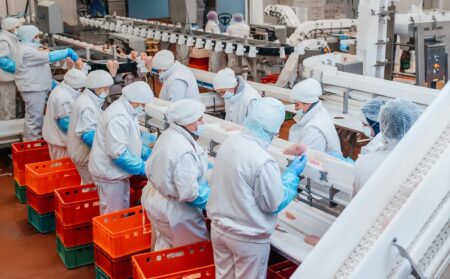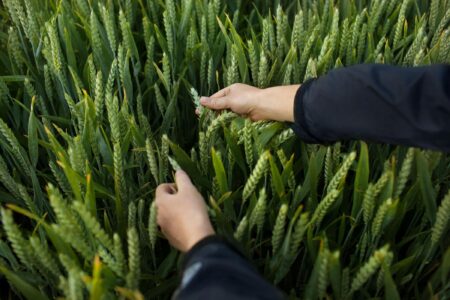By Roberto Samora
SAO PAULO, May 7 (Reuters) – Brazil’s soybean exports could fall to 12.6 million tons in May despite the country having just harvested a record crop and China importing more amid a trade spat with the United States, according to projections from grain exporters association Anec on Wednesday.
Anec’s current export estimate for May, which may still be revised based on upcoming shipping schedules, shows a potential 900,000-ton fall from both April of this year and May of the last.
The potentially weaker reading for the month reflects China’s large soy inventories in the run-up to the trade war with the U.S., according to analysts’ consensus. In addition, China is not rushing purchases from Brazil as it knows the country reaped an abundant crop.
Daniele Siqueira, AgRural analyst, said soy shipments in March and April largely reflect soybeans sold in advance, before the harvest was ready. She also noted many grain traders are bracing for a longer exporting season in the current marketing year in part to reduce logistics costs during peak shipping.
China will need Brazilian soybeans and has bought large volumes for shipment in May, June and July, Siqueira said.
She added Brazil could also ship higher monthly soy volumes to China and other destinations in the second half of the year, including in the final quarter, depending on the state of tariff talks between Beijing and Washington by then.
While Brazilian soy shipments dwindle at the end of each year, the U.S. shipping season is usually at full swing after American farmers harvest their oilseeds around September.
From January to April, China absorbed 75% of the soybeans exported by Brazil, up two percentage points from last year. In the period, Brazil has already shipped 1 million tons more than in the same period in 2024, or around 40 million tons, Anec data shows.
China, Brazil’s biggest trade partner, imported 30 million tons, up two million tons from the same period a year ago, according to Anec.
(Reporting by Roberto Samora in São PauloWriting by Ana Mano;)


:max_bytes(150000):strip_icc()/Farm20for20Sale20sign-1-c00d69e739e045a384a3253e029967e3.jpg)




:max_bytes(150000):strip_icc()/soybeans_usb-2-2000-f3cbf2d5ad334bbca68c6fb09087a9cd.jpg)


:max_bytes(150000):strip_icc()/Markets-7-Corn-up-soybeans-down-4-c814fcb1d9864480b6c57b36bea34b9a.jpeg)
:max_bytes(150000):strip_icc()/101303256_farm_field-e23df8d637c14d2f8a70ba10c9546654.jpg)
